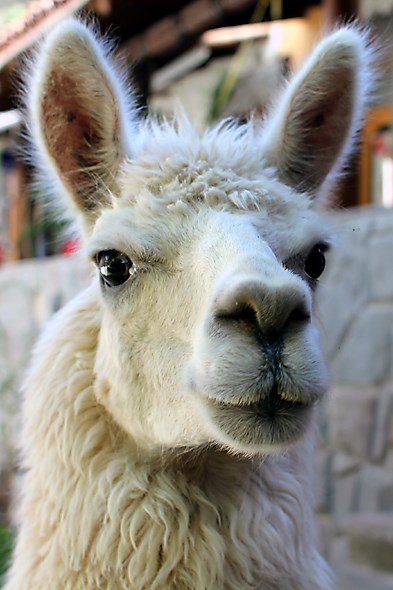You can watch as many TV programmes, buy as many guides and read as many travel blogs about a place as you like, but actually being there is an entirely different experience.
I’d wanted to go to Peru since I was a teenager and had done all of the above prior to actually going there. In the intervening years (I’m 32 now) my enthusiasm for photography had also grown exponentially, so that by the time I found myself sitting on a plane flying over the Amazon River in South America heading towards Lima, Peru’s capital, ensuring that I returned with a portfolio of incredible photos was an important part of the trip.
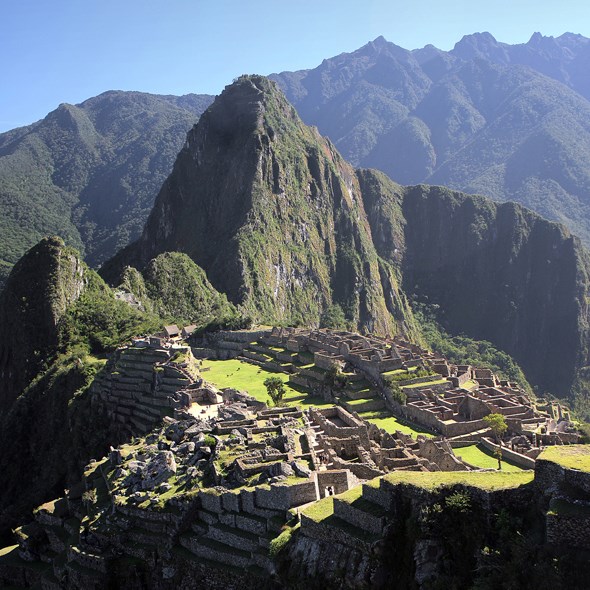
And this raises an important first question: how big a part of the trip will photography be?
You may be a casual snapper who just wants to capture a few pictures of your holiday, in which case you will probably be happy with a point and shoot compact and whatever comes your way. At the other end of the scale, you may be a professional/enthusiastic amateur who has planned the trip specifically for the purpose of taking photos and will be taking your full quota of photographic gear; SLRs, tripods, laptop etc.
The answer to the question will be determined by what kind of photographer are you and what kind of trip are you taking, which in turn will determine the gear you take, the methods you use and the photos you capture.
Purpose and potential
The primary purpose of my trip to Peru was a charity trek along the Inca Trail to Machu Picchu, combined with a few days either side of the trek to experience and enjoy the Peruvian culture. As such, I needed to limit the equipment I took to what could be carried in my rucksack on the trek, but at the same time I wanted to give myself the best possible chance to capture some great photographs. In the end I settle on a compromise somewhere between my compact camera and my full collection of photographic equipment and accessories.
Canon EOS 550D SLR camera
I had a choice between taking the new EOS 550D (on loan from Canon) or an EOS 50D. The 50D is the better built and more robust of the two, but this also makes it heavier and larger. In addition, the HD movie capability of the 550D was something I could see coming in useful, so opted for the new EOS in favour of the 50D.
Spare Canon LP-E8 Battery Pack
Once out on the trek itself I would be away from civilisation for several days and would have no way of re-charging the camera’s lithium ion battery. While today’s modern cameras and batteries are extremely efficient, there’s no way 1 battery would have been enough for the quantity of photos I was planning to take. As such, a spare battery was essential.
Canon EF-S 18-200mm f3.5-5.6 IS Lens
Originally bought and used with the 50D, the Canon 18-200mm (29-320mm in 35mm terms) lens is an all-round general purpose lens which makes it an ideal travel companion. On the down side, it’s not the lightest of lenses and felt a little unbalanced on the front of the 550D, but its useful focal length range combined with Image Stabilizing made it a useful option.
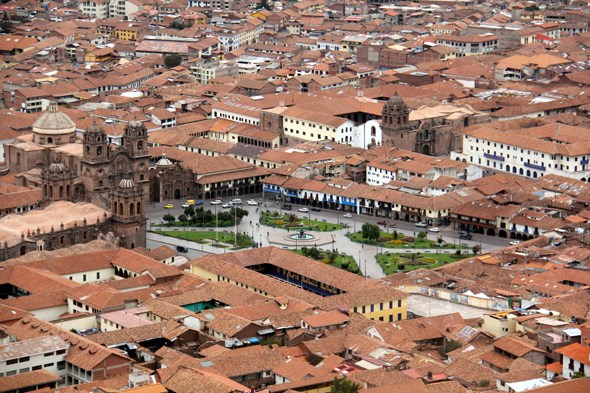
Canon EF 28mm f1.8 USM Lens
When I used to shoot on film, my 50mm f1.8 lens was one of my favourites. This 28mm lens has a field of view equivalent to a 45mm lens on a film camera, making it marginally wider than a “standard” 50mm lens, but it was the large f1.8 aperture, ideal for low-light photography and any shots with an attractively shallow depth of field, combined with its compact size that really settled it for me. In addition, the 28mm f1.8 lens / EOS 550D combination felt perfect together.
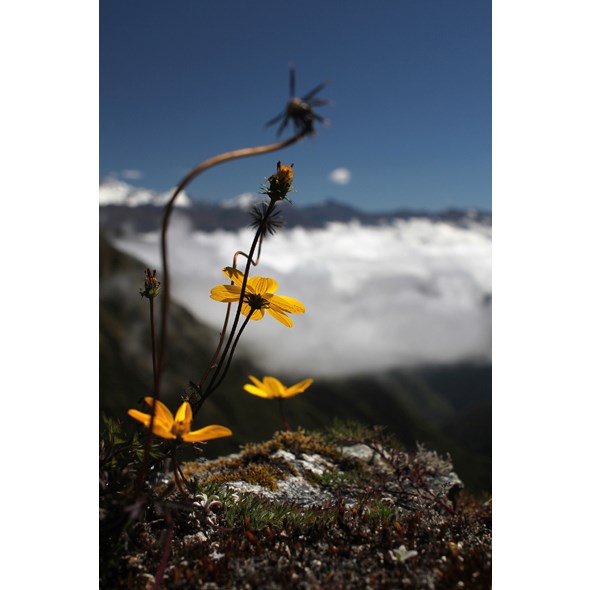
Hoya 58mm Circular Polariser Filter
I had intended to take polarising filters for both lenses, but managed to forget the 72mm version for the 18-200mm lens. I wanted to ensure that the photos I would be taking on the trail high up in the Andes would do justice to the colours and, hopefully, the glorious sunshine. The 58mm filter I took stayed on the front of the 28mm f1.8 lens for virtually the whole trip and did everything I wanted it to.
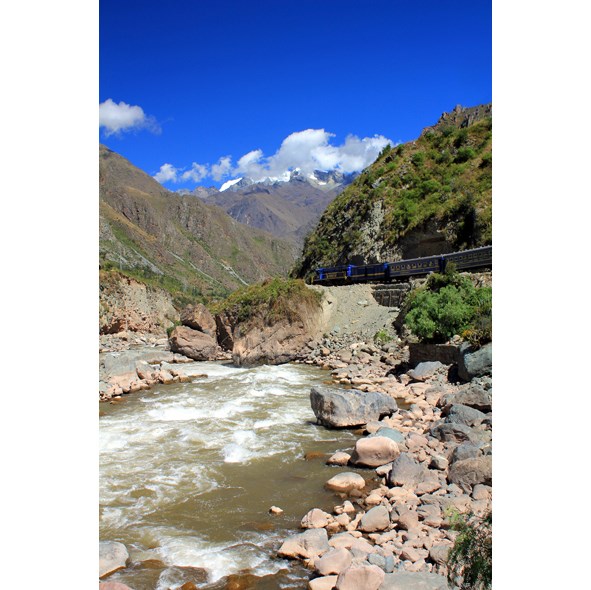
Joby Gorillapod SLR
The Gorillapod SLR is not Joby’s most stable flexible tripod and the combination of 550D and 18-200mm lens was about its limit. However, it could easily be attached to the outside of my rucksack as was light enough not to be noticed. For the odd occasion when it would be used, it was worth adding to the kit.
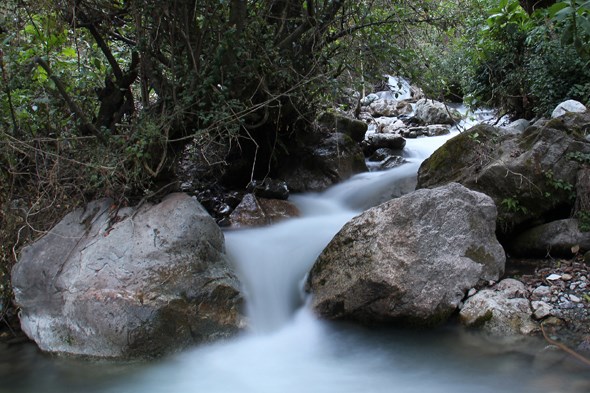
18GB of SDHC memory cards
I knew I’d be taking lots of photos and that as a result I’d need lots of memory. I didn’t want to have to carry a portable storage device or laptop, so the solution was to take plenty of cards. The cards used were Sandisk Ultra II and Extreme III cards, with the latter and their class 6 speed being reserved for video use.
PowerMonkey Explorer
Not technically a piece of photo equipment, but a valuable device for ensuring my mobile phone and MP3 player would always have charge, should they be needed. The PowerMonkey holds enough power to fully recharge an average mobile phone 2-3 times, and the Explorer kit’s inclusion of a solar panel that can be attached to the outside of a rucksack meant that I would be able to top-up the PowerMonkey as I walked.
Conspicuous by their absence
There were several items that, in hindsight, or even with a bit more foresight, I could and should have taken. Some were obscure items that I could be forgiven for not having considered, others were simple no-brainers whose omission from my packing-list was a basic schoolboy error.
Lens hoods
I’ve already mentioned that I forgot the polarising filter for one of my lenses. That could be regarded as unfortunate, but failing to pack a lens hood for either of the two lenses I took suggests a level of incompetency that I’m rather ashamed of. As a result, despite using by hand or hat as a make-do shade when I remembered, many shots were degraded by unsightly lens flare - a real source of frustration as this could have been so easily avoided.
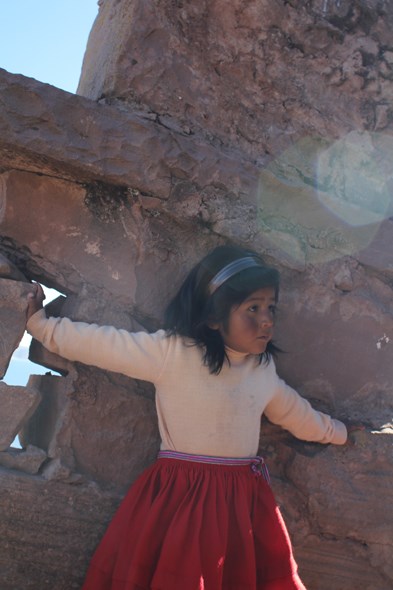
A small but useful tip: rubber lens hoods are great for taking photos through glass such as from a vehicle or in an aquarium. The lens hood can be rested up against the glass, thus preventing stray light from entering the lens and allowing you to shoot through the glass.
Nother small but useful tip: On my return and after explaining my frustration at having forgotten a lens hood, Alex in our eCommerce team pointed me in the direction of a website that provides lens-hood templates that can be printed out on paper - an extremely compact and lightweight alternative to the real thing. Check out www.lenshoods.co.uk for more information.
More memory
I really should have known that 18GB would not be enough for this kind of trip. I discovered early on that I would be restricted to shooting in jpeg rather than the preferred raw if I wanted my memory cards to last the trip. Even so, with a day or two left I found myself having to go through the images I’d taken and delete the unwanted shots – a dangerous thing to do as you never know what you’ll end up wishing you’d kept.
Spirit level
On the basis that I didn’t take (and never needed) an external flashgun, the hot-shoe of the EOS 550D was unoccupied for the whole trip. As such there was really no excuse for not having taken a levelling indicator such as a bubble level or electronic action level. Neither would have added any real weight or bulk to by luggage, but might have saved me from spending several hours of my life correcting wonky horizons in Photoshop. An absolute “must take” and I can’t believe I didn’t think of taking one.
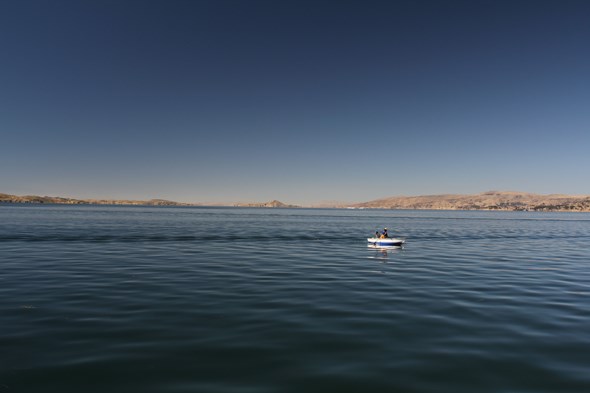
Rain cover
Incredibly, I didn’t see a drop of rain during my time in the Andes. However, the descent from Dead Woman’s pass at 4215m above sea level on the Inca Trail involved walking through thick, cold and wet cloud. Whilst there wasn’t much scenery to be taking photos of, the occasional moody, gloomy mountain view did crop up, but I daren’t take the SLR out of its waterproof dry-sack in my backpack for fear of water damage. A rain jacket of some description would have weighed next to nothing but would have enabled me to keep on shooting. Had it actually rained proper as it can do in the Andes, then a rain cover would have been even more invaluable.
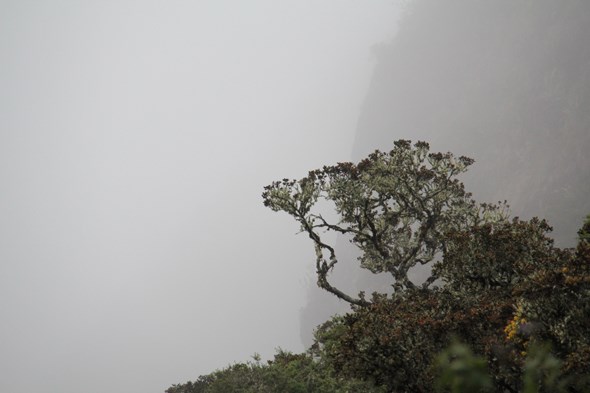
Would’ve been nice
Had I been making the trip to Peru with the sole intention of taking photos, then there’s a whole load of other gear I might have taken. As it was, trekking gear came first, with whatever camera equipment I wanted to take having to fit around that, but there were several items I couldn’t take that would have been useful.
Ultra-wide angle lens
I didn’t have one to take, and wouldn’t have had space to take it if I did have one, but an ultra-wide angle lens such as a 10-20mm would have done wonders with the Peruvian mountain landscape. There were quite a few occasions where the 18mm end of the Canon 18-200mm zoom just wasn’t wide enough to cram all of the Andean splendour into one shot. Perhaps that was an impossible task, but an ultra-wide zoom might have had more luck.
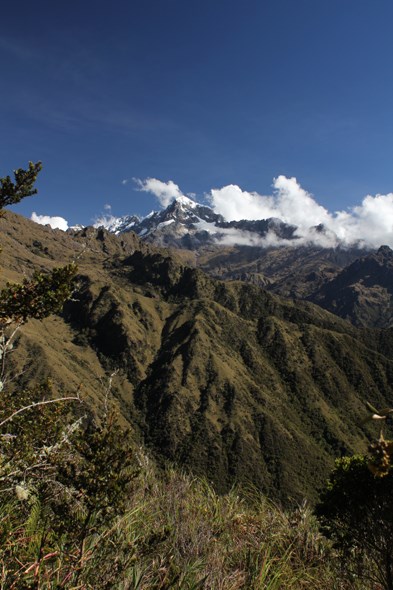
Portable storage
It would have been the ideal way to ensure I didn’t run out of memory and allow me to shoot in RAW. Most travelling photographers will take some form of portable storage device with them, be that a Mac Book or a simple, dedicated device like those from Vosonic or Epson. In fact, many photographers will take two – one to transfer their photos to and a second one to back up the first. After all, you don’t want to travel the globe only to lose all your images with the failure or theft of a hard drive.
Full size tripod
The Gorillapod came in handy, but it does have its limitations. It simply wasn’t as stable as a full size aluminium or carbon-fibre tripod would have been. This wasn’t a huge problem as most of the shots I took were hand held, but on a couple of occasions when taking long exposures, the Gorillapod was shaken by the wind in a way that a “proper” photography tripod wouldn’t have.
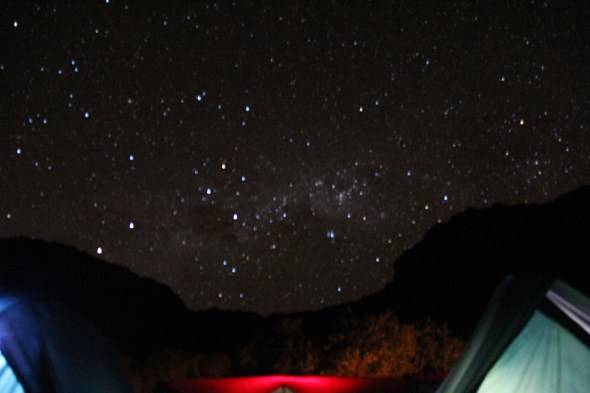
Dedicated camera bag
The camera gear I did take was wrapped up in a dry-sack to prevent it getting wet, and stowed within the confines of my rucksack, wrapped up in my fleece for added protection. This was fine for the limited amount of equipment I took, but if I’d been taking anymore then would have needed a proper bag to keep my gear safe. One of the half and half type bags that hold and protect valuable equipment in the lower half and provide space for personal items such as a jacket and lunch in the upper half, might be suitable if you don’t have loads of gear to carry. Some of these bags, such as the Kata DR-467i DPS Digital Rucksack also provide storage for a lap-top on the inside and a tripod on the outside. If you have a lot of camera gear and you want to take in all, then a complete camera system rucksack like the Lowepro Pro Trekkers is the only option – you’ll just have to keep your fingers crossed that you won’t need a jacket.
Lee filter system
One of the great things about digital photography is that you can do so much after you’ve taken the shot. However, some filter effects like neutral density and polarising are better used at the time of pressing the shutter. If you’re likely to want to use more than one filter, then an interchangeable filter system is the way to go and Lee’s is one of the best available. I certainly could have used a collection of graduated ND filter during my time in Peru, the bright, clear skies making it difficult get the right exposure for all parts of the scene.

20/20 Hindsight
It’s easy now to make a definitive list of what I should have taken and what I could have done without. I know now what photo opportunities arose on the trip, how I could have made the most of them, and that the weather would be beautiful sunshine for 99% of the trip.
Of course, you don’t have the benefit of this knowledge before you set off when selecting your camera gear. The best you can do is find a compromise between packing for every possible eventuality and taking the bare minimum to make your travelling more comfortable.
As I’ve already said, a lot of this will depend on how dedicated you are to your photography and what kind of trip you’re making – honeymoons have been known to be ruined by overzealous photography.
But don’t fool yourself; you can make endless lists of what you might need, meticulously pack every piece of photographic equipment you believe will be essential, and even take some gear you probably won’t need “just in case”. Chances are that once you’re there, at least one opportunity will present itself that will require the one piece of equipment you haven’t got - that’s the nature of photography and something all photographers have to accept.
Happy travels.
